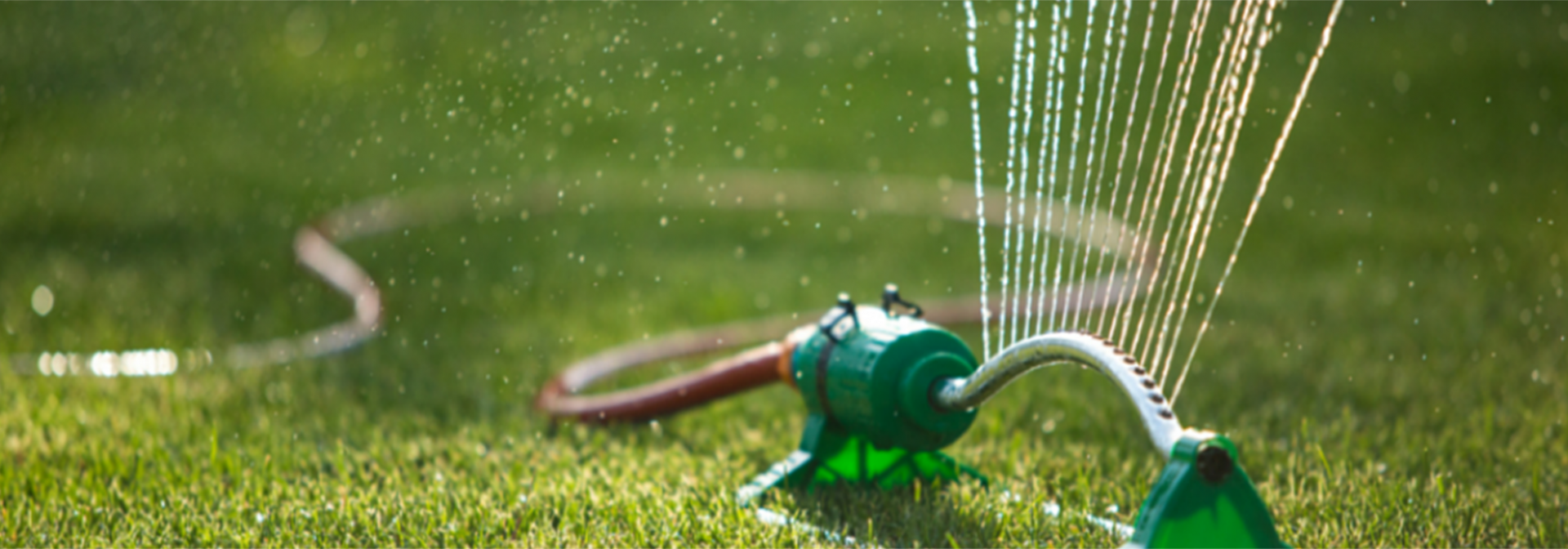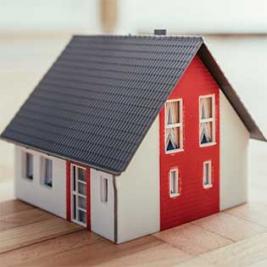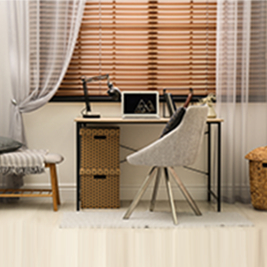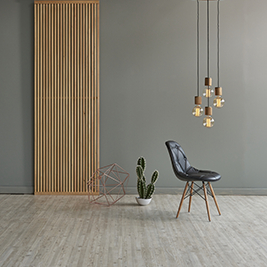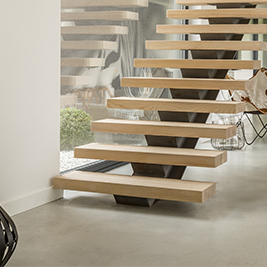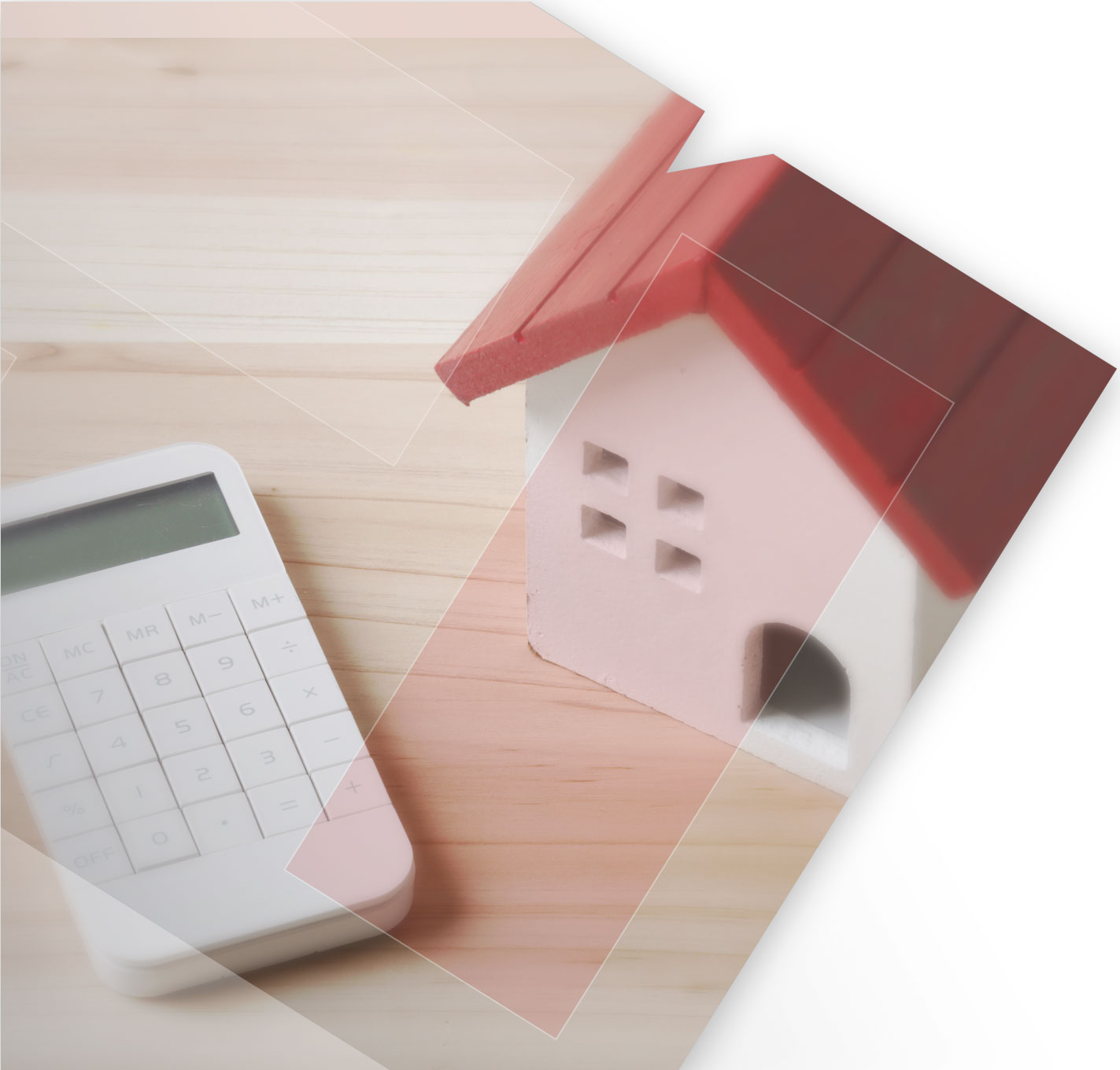Plan ahead to take care of your beautiful garden while you are on a long, much-needed vacation. Here are some easy ways to provide your plants with enough water and TLC when you are not around.
While a few blissful days of a vacation is heaven sent, it spells doom for most of your indoor and outdoor plants,especially in this heat. Shriveled, flowerless or dead plants may welcome you back from your fantastic holiday. The cause: Dehydration, which kills the plants in summers. Therefore, keeping them well hydrated is one way to keep them healthy. “Regular maintenance activities for a plant are watering, pest control, pruning and fertilizing. These activities can wait while you are away, but regular watering of the plant is crucial,” says Gitanjali Rajamani, founder of Green My Life, Bengaluru. Read on to know how to keep your plants happy and well-fed.
Drip Irrigation System
Although it may sound sophisticated and complicated, drip irrigation system is a simple way to ensure that the plants receive water-at the right time. “This system provides a small quantity of water directly to the plant. It results in fewer weeds, reducing wastage of water and well-fed plants. You can schedule when to water your plants with an automated system. It helps you set the time and frequency of watering,” says Gitanjali. Automated watering system is a good investment for long term, especially for your kitchen garden that requires watering at just the right time to produce maximum yield. “It has to be planned well in advance to allow time for testing and fine tuning to suit the needs of different plants. Drip irrigation systems are designed to water the plants automatically/manually with a fixed amount of water. The water is delivered via tubing, that comes with attached emitters with different flow rates. This ensures an efficient method of watering,” says Manikandan Pattabiraman, founder of Geekgardener Greentech (geekgardener.in), Bengaluru.
Self-watering Planters
They are excellent solutions for shorter vacations. The plants get just the right amount of water to survive. It works on a reservoir system where there is a water storage tank at the bottom of the container. It is equipped with a drain hole to empty the excess water. The plant draws up the water from the reservoir.“Fill up the reservoir with enough water to last the time that you area way,” says Gitanjali.
Hydrogels
Help your plants get through a dry spell with the use of hydro gels.“Water absorbent gels soak up more water when it is available and release it to the plants during the dry period,” explains Manikandan. Hydro gels are polymer crystals that hold water and dispense it to the plant as and when required. They have the capacity to absorb up to 500 times their weight in water and release water when the atmosphere become dry. Hydrogenate a feasible option for 3-4 days.
Mulching
Soil loses its moisture due to evaporation, which makes the plant dry up faster. A blanket of mulch keeps the soil moist for a longer time.“Mulching goes a long way in helping the soil retain its water and provide the much needed fertilization,” says Gitanjali.“Mulching keeps the moisture content in the soil sufficient for the plant for atleast three to four days. Use wet waste from the kitchen to make a great mulch,” says Bengaluru-based Anusuya Sharma, an avid gardener. Also, mulch at least two inches deep.
Electronic watering system
Though there are timer-based watering systems, they lack the ability to sense the existing moisture in the soil. It could lead to over watering of the plant. Electronic self-watering systems come with sensors to water the plants only when they are dry. “Such a system helps prevent over watering and under watering. These devices are programmed to allow for some dry spells too,” says Gitanjali. Sensor-based water systems are a good choice if your trip is more than a week.
Plant sitter
Ask your friend to water your plants while you’re away. But, don’t expect her to know everything about your plants. Keep instructions clear to make the chore simple. Organise plants with similar watering needs together in a shady spot, which will conserve moisture as well as simplify watering process. “If you have just a few large pots that need watering, consider transferring them to your friends place until you return,” suggests Anusuya.
Handy Tips
- Move the plants to cooler areas of your home to help retain moisture.
- Besides water, plants also need sun light to thrive. Move the plants where they can get indirect sunlight, like placing them behind light curtains or near windows. Don’t place them in direct sunlight, as it distresses the plants quickly.
- Terracotta pots tend to dry faster than those in plastic pots. Plastic pots retain more moisture for the plants.
- Water the plants well before you leave.
- Plan well. Consider how long you would be away, the types of plants and check weather forecast to ensure you keep the plants well prepared.
A Few Additions
Basics to get you started for the journey…
Outdoor & IndoorWatering strategies differ for outdoor and indoor plants. “Outdoor plants require watering more often. But indoor plants need watering only once in 3-4 days. While outdoor plants might have a need for drip pipe for irrigation, there are several self-watering options for indoor plants,” says Gitanjali. Manikandan adds that thorough testing of the irrigation system is critical to avoid any last minute surprises. It is also crucial to keep sufficient supply of water in the tanks and devices.
Do-It-Yourself“Fill a plastic bottle with water and make a tiny hole in the cap through which the water can permeate slowly into the soil. Turn the bottle upside down and stick it near the base of the plant,” says Gitanjali. You can also place a large pot of water on a high stool so that it is at an elevated place. Cut cotton strings and place one end of the yarn into the water and the other into the plant.The strings will slowly carry water into the pots. Cover the water container to avoid evaporation.
Home calculations made easy to help you plan your home
MISSED CALL
Give us a MISSED CALL for New Home Loan
- 09289200017
